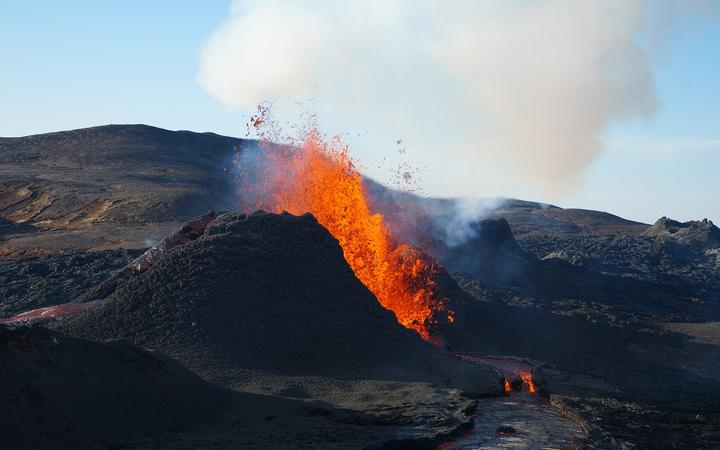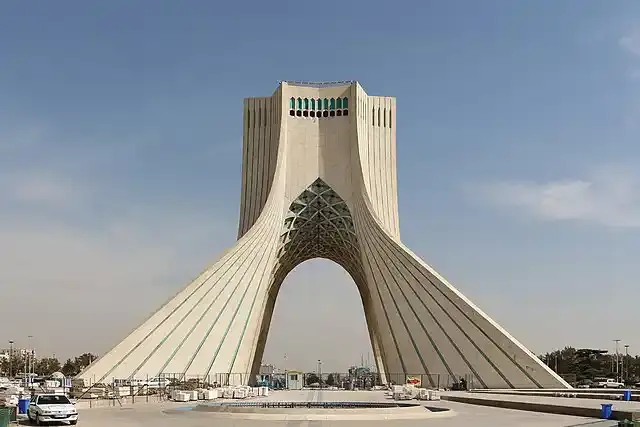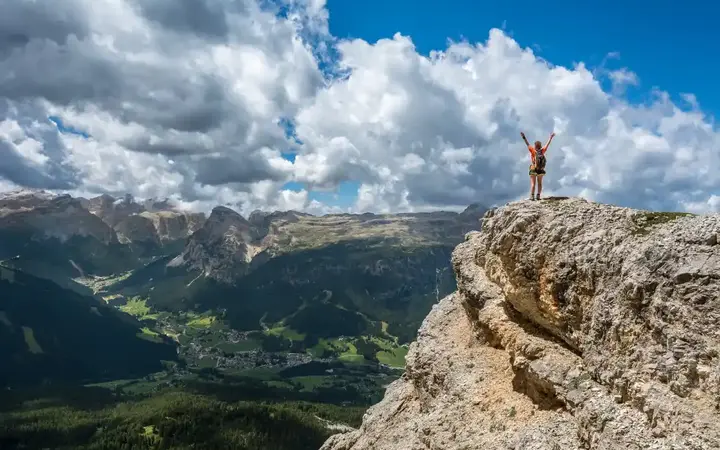The Nile: Africa's lifeline and the longest river in the world
The Nile, often seen as Africa's lifeline, has played a pivotal role in charting the course of human civilization for thousands of years. With its rich history, diverse ecosystems, and vital resources, the Nile River stands as a testament to the enduring power of nature and human ingenuity. The poets sang this great river, the Prince of Poets Ahmed Shawky said:
Show key points
- The Nile River, often referred to as Africa's lifeline, has been central to human civilization and sustains millions through its vast ecosystems and resources.
- Its primary source is traditionally considered to be Lake Victoria, although some claim the Blue Nile in Ethiopia is the true origin.
- Measuring around 6,650 kilometers, the Nile has long held the title of the world's longest river, though recent studies suggest the Amazon may surpass it.
- ADVERTISEMENT
- Flowing through eleven countries, the Nile shapes a variety of terrains and cultures as it travels from Central Africa to the Mediterranean Sea.
- Seasonal variations, rainfall, and human interventions like dams significantly affect the Nile's flow rate, impacting agriculture and water availability.
- Environmental degradation, including pollution and deforestation, threatens the Nile's health and undermines the livelihoods of those who depend on it.
- Tensions and political conflicts have arisen due to unequal water distribution, with disputes escalating over major projects such as Ethiopia’s Grand Renaissance Dam.
The sweet Nile is Al-Kawthar and heaven is its green beach
Ryan page and view what a mole and what a fresh!
This article delves into the mysteries and wonders of the Nile River, from its mysterious source to its majestic delta, and deals with its length, course, countries through which it passes, and its flow rate.
1. The source of the Nile:
Recommend

The source of the Nile has long been a subject of intrigue and debate. While the White Nile is traditionally the primary source, which originates in Lake Victoria, some argue that the real source lies in the headwaters of the Blue Nile in Ethiopia's highlands. Lake Victoria, Africa's largest lake by area, contributes about 80% of the Nile's water flow, which is estimated at 2,800 cubic meters per second.
2. Length of the Nile River:
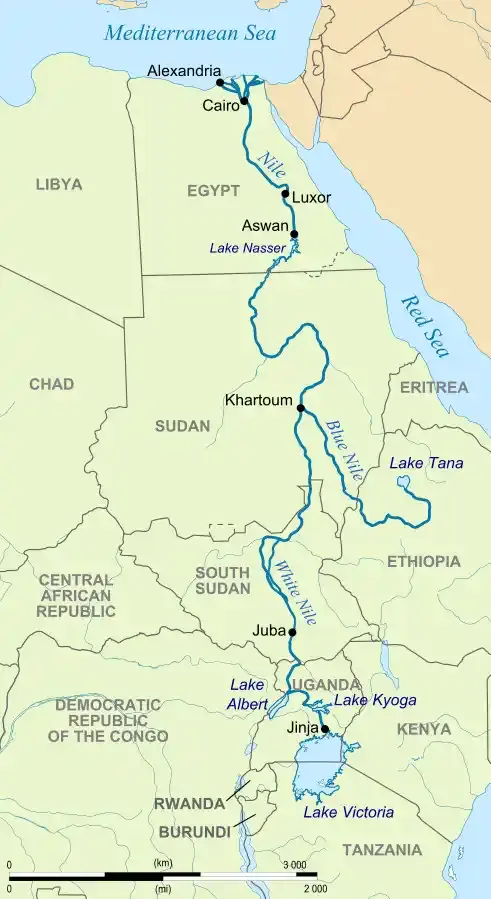
The length of the Nile has been a matter of contention among geographers and hydrologists for centuries. Traditionally, the Nile is the longest river in the world, with a length of about 6,650 kilometers from its farthest tributary to its delta in Egypt. However, recent measurements indicate that the Amazon River in South America may surpass the Nile River in length, depending on the criteria used in the measurement.
3. Nile Path:
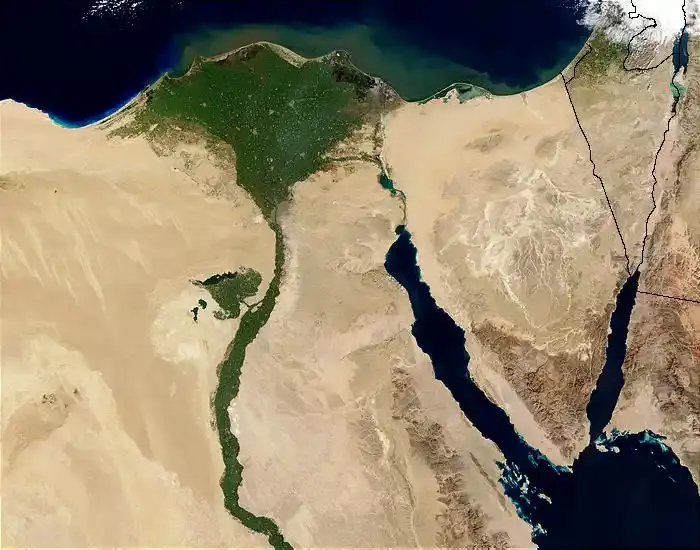
The Nile River makes its way through eleven countries in northeast Africa, including Burundi, Rwanda, Uganda, Kenya, Tanzania, the Democratic Republic of Congo, South Sudan, Sudan, Egypt, Ethiopia, and Eritrea. From its headwaters in the heart of Africa to its Mediterranean delta, the Nile River passes through diverse landscapes, including dense rainforests, vast savannahs, and arid deserts, shaping the region's geography and culture.
4. Countries along the Nile:
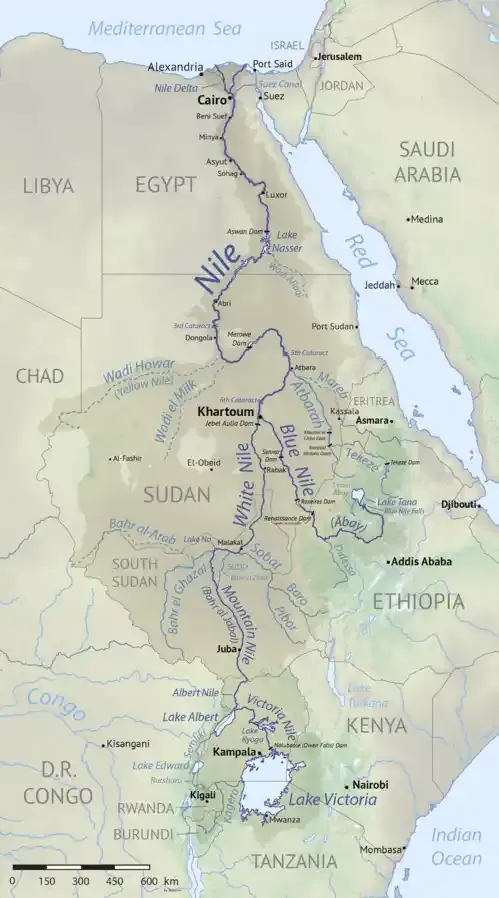
The Nile River Basin is home to more than 450 million people, making it one of the most densely populated areas in Africa. Egypt and Sudan are the largest riparians and have historically had a significant impact on the river's resources. However, upstream countries such as Ethiopia, Uganda and Kenya are increasingly asserting their rights to use Nile water for irrigation, hydropower, and other development projects, leading to tensions over water management and distribution.
5. Nile River flow rate:
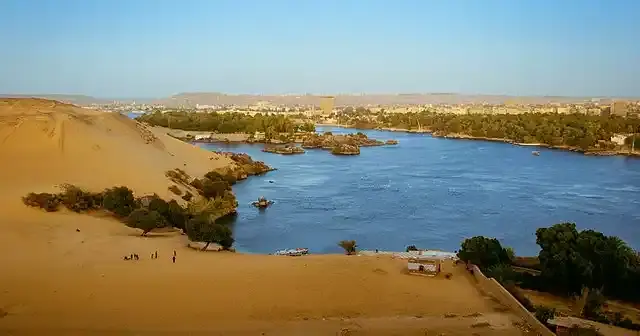
The flow rate of the Nile varies greatly throughout the year, and is influenced by seasonal rainfall patterns, melting snow in the Ethiopian highlands, and human activities such as dam construction and irrigation. During the rainy season, from June to September, the Nile experiences peak flows, at rates exceeding 5,000 cubic meters per second in some parts. In contrast, the dry season, from December to Shiat, sees reduced flow rates, posing challenges for agriculture and water supply.
6. Environmental and societal impacts:

The Nile River Basin faces many environmental challenges, including pollution from agricultural runoff, industrial drainage, and untreated wastewater. Deforestation and soil erosion exacerbate water quality problems, affecting aquatic ecosystems and human health. In addition, the construction of large dams and irrigation systems has altered the natural flow of the Nile, disrupted traditional livelihoods and exacerbated conflicts over water resources.
7. Economic and political conflicts:

Throughout history, the Nile River has been at the center of many economic and political conflicts stemming from competing interests over its water resources and the benefits derived from their exploitation.
Economic conflicts: The economic importance of the Nile cannot be overstated. It serves as a crucial source of water for agriculture, supplying hydroelectric dams with power to generate electricity, and facilitating transportation and trade along its banks. However, the uneven distribution of water resources and the construction of large-scale infrastructure projects, such as dams and irrigation systems, have fueled tensions between upstream and downstream countries. Downstream countries, especially Egypt and Sudan, rely heavily on Nile water for irrigation and domestic use, viewing any upstream developments as potential threats to their water security and economic stability. Conversely, upstream countries, including Ethiopia, Uganda, and Kenya, seek to harness the Nile's resources to fuel their economic growth and development aspirations, often at the expense of downstream countries.
8. Political conflicts:

The political dynamics surrounding the Nile are complex and multifaceted, reflecting historical legacies, colonial-era conventions, and contemporary power struggles. The Nile Basin Initiative, established in 1999, aims to enhance cooperation between riparian countries and promote sustainable development of the river basin. However, progress has been hampered by disagreements over water allocation, hydropower development, and the ratification of a legally binding agreement governing equitable sharing of Nile water. The construction of massive dams, such as the Grand Ethiopian Renaissance Dam (GERD), has exacerbated tensions between Ethiopia, Egypt and Sudan, leading to protracted negotiations and occasional diplomatic confrontations. Moreover, geopolitical rivalries and regional conflicts have further complicated efforts to resolve disputes and enhance cooperation, highlighting the complex interplay between water security, political stability, and regional integration in the Nile Basin.

The Nile River remains a symbol of resilience and vitality in the face of environmental and social challenges. While striving to protect this precious resource for future generations, it is essential to prioritize sustainable management practices, promote equitable water-sharing agreements, and strengthen cooperation among riparian countries. Working together, the Nile can be ensured that the Nile River continues to sustain life and prosperity across the African continent for centuries to come.
In conclusion, the economic and political conflicts surrounding the Nile underscore the urgent need for inclusive dialogue, transparent governance mechanisms, and cooperative frameworks to address the complex challenges facing the region. By prioritizing mutual understanding, mutual benefits, and sustainable development practices, riparian nations can work together to harness the full potential of the Nile River while protecting the interests and livelihoods of present and future generations.
![]()
The strange long history of Teflon: the non-subversible product that nothing sticks to
The Long, Strange History of Teflon: The Indestructible Product Nothing Seems to Stick To more- ADVERTISEMENT
![]()
Polar bears and climate change: the threatened future of Arctic icons
Polar bears, majestic symbols of the Arctic, face a deeply troubling future as climate change melts their icy habitat, disrupts their food sources, and puts pregnant females at greater risk. With shrinking ice and rising temperatures, their survival grows harder, making urgent global action vital to protect these stunning creatures. more- ADVERTISEMENT
![]()
How to overcome your fear of flying
How to overcome your fear of flying more- ADVERTISEMENT
![]()
The Power of Nature: Learn about the forces behind a living volcano
Living volcanoes are powerful natural wonders—windows into Earth’s fiery depths. They dazzle with beauty, yet threaten with eruptions. From shaping landscapes to offering geothermal energy, they reveal nature’s immense force. By studying their behavior, we can better predict their eruptions and harness their energy for a safer, sustainable future. more- ADVERTISEMENT
![]()
The human heart shows signs of aging after just one month in space
Heart tissue sent to space by Johns Hopkins scientists showed weakened contractions, slower beats, and aging-like changes within a month. The "Heart on a Chip" study reveals how microgravity affects heart health, offering clues for astronaut safety and potential treatments for heart conditions back on Earth. more- ADVERTISEMENT
![]()
A Simple Guide to Introducing Yourself: Creating an Unforgettable First Impression
Introducing yourself is more than just saying your name—it’s a chance to show personality, goals, and values. By sharing achievements, teamwork skills, and even hobbies, you can make genuine connections and leave a strong impression, all while staying clear, honest, and adaptable in every interaction. more- ADVERTISEMENT
![]()
Al-Ayjah Lighthouse and Castle in the city of Sur in the Sultanate of Oman
With its stunning coastal views and iconic Al-Ayjah Lighthouse, Tyre—also known as Sur—stands as one of Oman’s oldest and most captivating cities. Rich in maritime history, this ancient port once welcomed over 150 ships daily, bridging trade between continents and continuing to shine through its timeless heritage. more- ADVERTISEMENT
![]()
Artistic touches at Azadi Tower in Tehran Ira
Built from 8,000 pieces of Isfahan marble, Azadi Tower stands as a powerful symbol of Iran’s cultural revival. Designed by 24-year-old Hossein Amanat, it blends ancient and modern architecture, honors freedom, and reflects national pride—earning awards and a place on the 200-rial coin. more- ADVERTISEMENT
![]()
Success Guide – How to turn your presentation into an exciting story?
Success Guide – How to turn your presentation into an exciting story? more- ADVERTISEMENT
![]()
10 ways you can make money on YouTube
YouTube isn't just for watching videos anymore—it’s a legit way to make money. From joining the YouTube Partner Program to selling your own merch or offering paid memberships, there are plenty of smart ways to turn views into income and build a real career from your channel. more- ADVERTISEMENT















